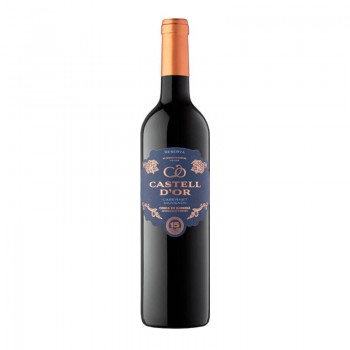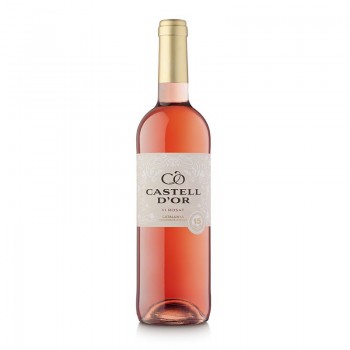Castell D'Or Reserva Cabernet Sauvignon
Organic wine made with grapes from vines grown without fertilisers or chemical pesticides, and with a stringent control of all the winemaking processes and phases. It also has certifications from the Catalan Council...






